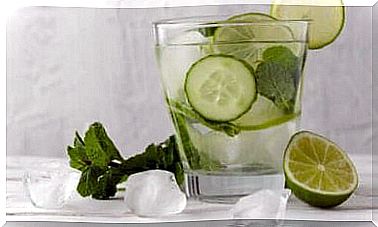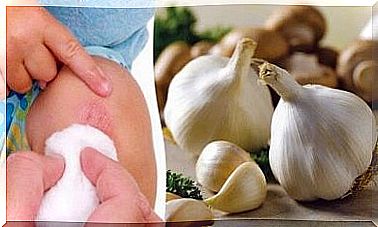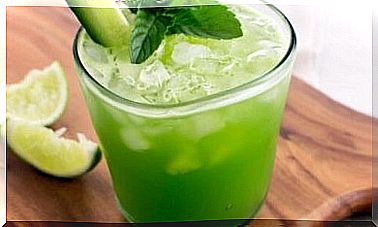Listeriosis: Contagion And Prevention

Listeriosis is a disease that is often talked about due to the cases of contamination found in different foods. Within the European Union, listeriosis has been on an upward trend since 2008 and is characterized by higher lethality rates than those of other pathogens that are transmitted through food.
According to the European Food Safety Authority, it could represent an emerging disease in Europe and actually be underdiagnosed. In some countries, for example, it has only recently entered the mandatory reporting infectious disease list.
However, the number of hospital admissions attributable to this pathology has grown significantly. That is why it is important to know how this bacterium gets infected and how it can be prevented.
What is Listeriosis?
Listeriosis is a disease caused by the bacterium Listeria monocytogenes . It is a gram positive bacterium that can survive both in the presence and absence of oxygen.
Its ability to grow at temperatures as low as 0 ° C allows it to multiply at normal refrigeration temperature, which increases its ability to circumvent the usual control measures required by food processing.
People who become ill with listeriosis generally contract the infection after eating contaminated food. This disease mainly affects pregnant women, infants, the elderly and people with weakened immune systems.

How is listeriosis transmitted?
This bacterium is hosted by animals and spreads widely in the environment. It thus manages to contaminate a large variety of foods or beverages, thus causing cross-contamination.
It is one of the food infections with the highest lethality rate and the highest morbidity rate, in relation to the complications it can cause.
In the 1990s, the waves of listeriosis infections were mainly linked to the consumption of sausages and sausages. Now, however, they tend to spread from dairy products, fruits and vegetables. Researchers have identified soft cheeses, garlic, sprouts, cantaloupe and ice cream as sources of recent outbreaks.
The person with invasive listeriosis reports the presence of symptoms between 1 and 4 weeks after consuming the contaminated food. Symptoms of gastroenteritis are mainly blamed, but meningitis, meningoencephalitis or septicemia can also occur in the risk categories.
How to prevent listeriosis?
To prevent this disease, it is very important to take precise precautions in terms of food safety towards the foods mentioned.
Particular attention should be paid to people belonging to the highest risk categories, such as pregnant women, the elderly and people with a weakened immune system.
Fresh cheese and other soft cheeses
We will have to check that the label reads: “Prepared with pasteurized milk”. Risk groups should avoid eating soft cheeses, such as fresh cheese, white cheese, brie, camembert, blue cheeses or feta, unless the label indicates that they were made with pasteurized milk.

Raw sprouts
Recommendations addressed to categories at risk:
- Do not eat any kind of raw or undercooked sprouts (including alfalfa sprouts, clover, radish, and mung beans).
- Cook the sprouts to reduce the risk of contracting the disease. Full cooking kills harmful bacteria.
- When you eat in a restaurant, ask that no raw sprouts are added to your dishes. If you buy a sandwich, salad or Asian food, check for raw sprouts.
Melons
General recommendations:
- Eat freshly cut melon or refrigerate it.
- Keep the melon cut at a temperature of 5 ° C, or lower for a period of time not exceeding 7 days.
- Discard the parts of melon that have been at room temperature for more than 4 hours.
Sausages, pates, processed meats and cold cuts
General recommendations:
- Do not allow the liquid contained in the casings of sausages and processed meat products to come into contact with other foods, utensils or surfaces on which you rest the food. After handling these foods, wash your hands.
- Store these products safely in the refrigerator. Keep the wrappers open for no more than 1 week.
Recommendations for risk categories:
- Avoid eating sausages, sausages, processed meat products, cold cuts, salamis and fermented meats.
- Do not eat pate or chilled spreads.

Smoked fish and seafood
In this category are smoked fish and seafood such as salmon, trout, white fish, cod, tuna or mackerel. Recommendations for risk categories:
- Do not consume chilled smoked seafood unless it is canned or non-perishable, or has not been cooked.
Observing correct food hygiene measures is essential to avoid contracting foodborne diseases.









